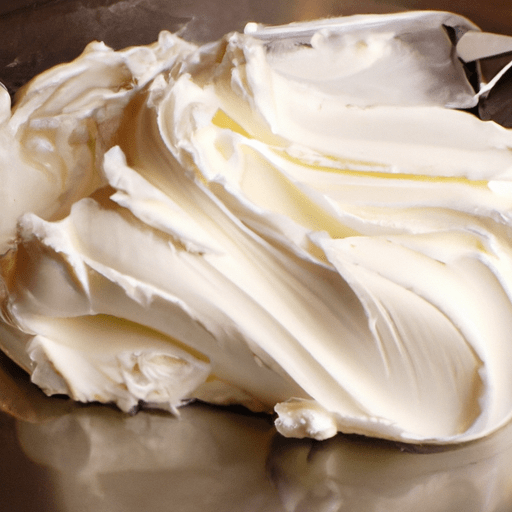Light Butter: A Delicious and Healthy Alternative
When it comes to butter, most of us envision a rich, creamy indulgence that adds mouthwatering flavor to our favorite dishes. However, for those who are health-conscious or looking to reduce their daily calorie intake, traditional butter can be a bit too heavy on the waistline. That’s where light butter comes to the rescue!
Unveiling the Taste
Light butter is a lighter, more health-conscious version of traditional butter. It offers a delicate balance between taste and nutrition, making it a fantastic choice for those seeking a lighter alternative without sacrificing flavor. Its taste is quite similar to regular butter, with a slightly milder and less pronounced richness. Whether spread on warm toast or incorporated into a recipe, light butter delivers a satisfying buttery flavor that won’t leave you feeling heavy.
Versatile Culinary Uses
Despite its reduced fat content, light butter can be used in a variety of culinary applications. It can be used as a spread on bread, bagels, or muffins, providing a sensational touch of buttery goodness. Additionally, light butter is an excellent choice for sautéing and pan-frying, adding a hint of richness to vegetables, poultry, and fish.
Not only does light butter excel in everyday cooking, but it also proves indispensable in the realm of baking. From flaky pie crusts to moist cakes and cookies, this culinary gem can be seamlessly incorporated into countless delectable baked goods. Plus, its lower fat content allows for guilt-free indulgence.
Nutritional Value
Light butter conquers the hearts of health-conscious individuals with its significantly lower fat and calorie content compared to regular butter. While traditional butter contains about 100 calories and 11 grams of fat per tablespoon, light butter typically offers around 50-70 calories and 5-7 grams of fat per tablespoon. However, it’s important to note that exact nutritional values may vary between different brands.
Moreover, light butter often features reduced levels of cholesterol, making it a favorable option for those who closely monitor their cholesterol intake. However, it’s important to balance the use of light butter with other healthy fats, such as olive oil or avocado, to ensure a well-rounded diet.
A Brief History and Interesting Facts
Though light butter has become a staple in contemporary kitchens, its history can be traced back to the rise of dietary awareness and demands for healthier alternatives. With the increasing popularity of low-fat diets in the 1980s and 1990s, butter manufacturers introduced light butter as a response to consumer needs. Today, it continues to be a beloved choice for those striving for a balance between taste and nutrition.
Fun fact: Did you know that light butter is composed of a mixture of milk and vegetable oil? This clever combination provides a creamy texture while reducing the overall fat content. The oil helps maintain the butter-like consistency, making it a delightful addition to any recipe.
Embrace Light Butter in Your Culinary Journey
With light butter, you can savor the rich flavors of butter while maintaining a conscious approach to health and well-being. Whether you’re whipping up a delectable breakfast or adding a special touch to your favorite dishes, this lighter alternative is here to satisfy your taste buds.
Next time you find yourself staring at the butter aisle, give light butter a chance. Delicate, versatile, and nutritionally balanced, it is sure to become a new staple in your cooking repertoire.
Origin: Light butter, also known as reduced-fat butter, is a dairy product derived from regular butter. The origin of butter itself can be traced back thousands of years to early civilizations in ancient Mesopotamia and Egypt.
Common Uses: Light butter is commonly used in cooking, baking, and spreading on various foods. It is often used as a substitute for regular butter in recipes that call for less fat content. Light butter can be used in a variety of ways, such as on toast, in sauces, or as a flavor enhancer in cooking.
Nutritional Benefits: Light butter is made by blending regular butter with water or skim milk, resulting in a product with a lower fat content compared to traditional butter. It generally contains around 50-60% less fat than regular butter, making it a lower-calorie alternative for those seeking to reduce their fat intake.
Unique Properties and Historical Significance: Light butter retains some of the taste and texture of regular butter while providing a reduced fat content. Its creation was driven by a desire to offer a more health-conscious option to consumers who wished to enjoy the flavor of butter but with fewer calories. This alternative became popular in the late 20th century, when health awareness and dietary concerns gained significant attention.
It is important to note that the taste and texture of light butter can differ from regular butter due to its lower fat content. Some people may prefer the original richness of regular butter, while others appreciate the lighter taste and healthier profile that light butter offers.




Use the share button below if you liked it.
It makes me smile, when I see it.